The 500-odd farmers of Gurha Kumawatan, a village in arid Rajasthan, are now millionaires thanks to polyhouse farming. Their hard work, innovation and unlimited ambition offers a path to prosperity for others in India.
The wild fluctuations in onion prices is a pointer to everything that’s wrong about India’s agriculture economy.
 TR Vivek
TR Vivek  Fehmi Mohammed
Fehmi Mohammed 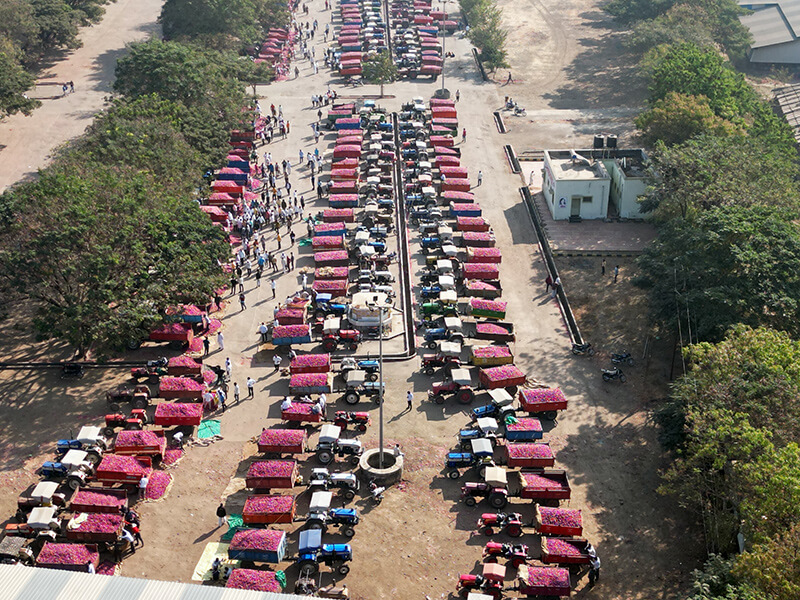
Why is onion so important in India?
Onion is India’s second most favourite (after potato) and the Number One politically sensitive vegetable.
India grows 30 million tonnes of onions. It is the second largest producer behind (you guessed it) China. An Indian household eats 5 kg of onions a month adding up to an annual domestic consumption of 15 million tonnes. Onion accounts for 13% of an average Indian family’s vegetable bill.
From fancy five-star hotels to street food stalls, onions provide body, bulk, a hint of sweetness and pungent pizzazz for Indian curries and chat. For the poor, a fresh onion and a couple of green chillies are often the accompaniment to a meal of rotis or leftover rice soaked overnight in water.
Given the perception that they are poor people’s food, costly onions are a political nightmare.
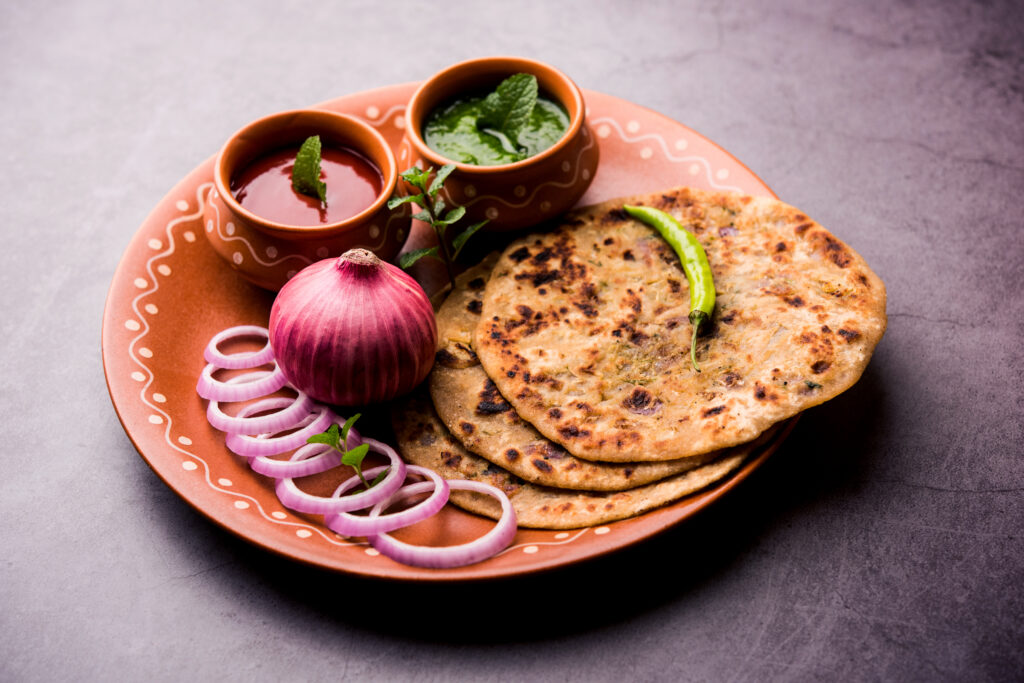
Why do onion prices fluctuate so insanely in India?
“The simple answer is demand and supply. Onion is a highly climate sensitive crop. When the weather conditions are good, the yields can be phenomenal. Prices crash when there is too much onion in the market. At the same time, winter frost, high spring or summer temperatures, and unseasonal rain can pretty much wipe out a farmer’s whole season worth of crop. That’s when the prices skyrocket,” says Nanasaheb Patil, a director at the Agriculture Produce Market Committee (APMC) that runs India’s largest onion market at Lasalgaon in Maharashtra’s Nashik district, and also a board member at National Agricultural Cooperative Marketing Federation of India (NAFED).
But there are several layers to this messy onion story. Let’s try to peel them.
With ample annual production of 30 million tonnes, a large, predictable and growing domestic demand at 15 million tonnes, onion should be a happy story for both farmers and consumers. With production twice the domestic consumption, India should be exporting its surplus and emerge as a global powerhouse.
But the journey of onions from the farm to your plate is pretty much the story of everything that’s rotten about India’s agriculture economy.
Almost every year, onions make Indians cry in cycles. It’s the farmers now as wholesale prices hover around Rs 5/kg; by November it will be consumers’ turn when retail prices reach Rs 100/kg.
To understand why it happens, we need to understand India’s onion production landscape.
India grows two types of onions: the red which has a shelf life or two weeks and pink, the bigger crop, with a shelf life of nearly six months.
Think of India’s onion production calendar on the map as a Mexican wave. The first crop of fresh onion arrives in August from southern Karnataka. The supply then shifts gradually north: Kolhapur in September, Nashik by October, onions from MP and Rajasthan begin to enter the market by the end of February. The August-to-February cycle brings mostly the more perishable red onions. Immediately after the red season ends, pink onions, called ‘gaonthi’ or ‘gulabi’ start arriving from March to early May. They are India’s mainstay and fetch better prices. The pink onions are stored and released over several months. There is no fresh production until August.
How does high onion prices affect politics?
India’s first taste of a large-scale, countrywide onion crisis was in 1998. In May 1998 India tested nukes at Pokhran. By November, the celebratory mood had vanished. The pride of possessing atom bombs wasn’t enough to overcome the pain of high onion prices.
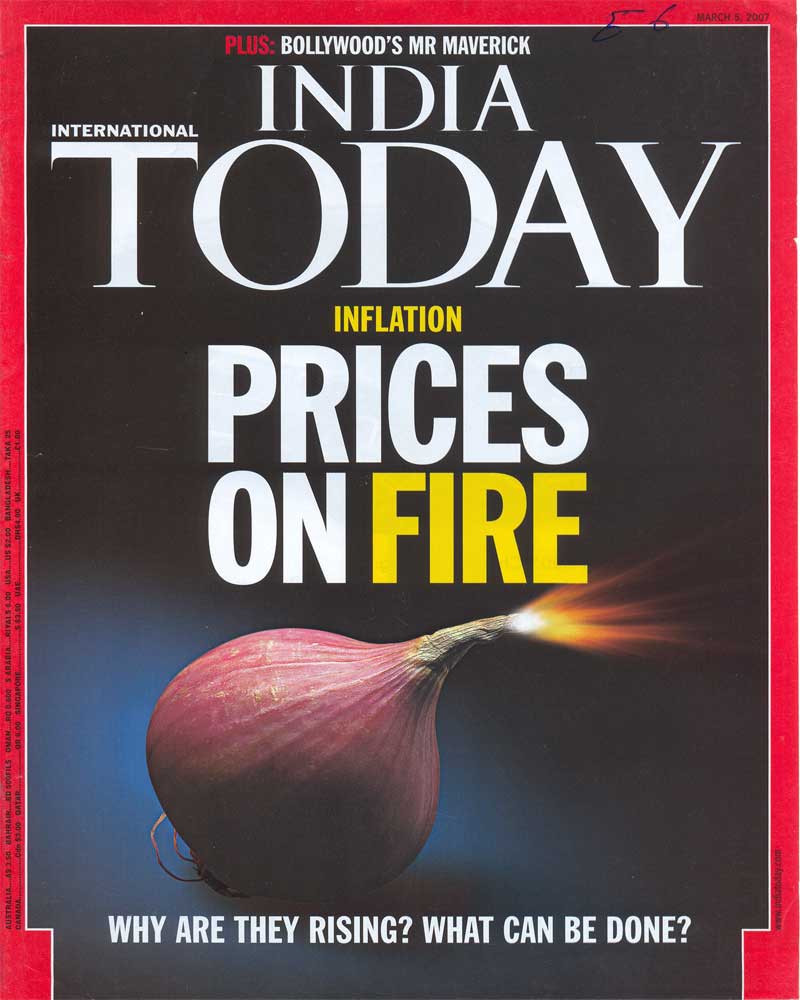
“A very hot summer damaged the crop in Maharashtra sending onion prices to Rs 75-100/kg. For the first time, the wholesale prices in Lasalgaon touched Rs 40/kg,” recalls Nitin Jain, a trader with such heft in Lasalgaon and elsewhere that many call him the ‘Onion King’. It’s a tag he is keen to underplay. “We hardly do much trading now,” he says with an unconvincing smile.
Lasalgaon, a small town situated 60 km from Nashik, is the epicentre of India’s onion trade. Nearly 2000-3000 tonnes, or about 120 truckloads of onions, are sold by farmers every day here.
Nitin Jain’s father was among those who set up the onion market in Lasalgaon in 1947. On a late January afternoon, sitting in his tiny, musty office, Jain wearing rimless glasses, and black and yellow checked shirt has a fidgety manner.
His two iPhone 14 Pros don’t stop buzzing. On one, he keeps relaying the prevailing price of onions. On the other, he fobs off buyers calling incessantly from Begusarai to Bengaluru, politely telling them he doesn’t have any stock left.
But as soon as the clock strikes 12, Jain puts the phones away, closes his eyes and folds his palms and long, slightly bent-out-of-shape fingers in a prayer pose for a couple of minutes.
“Since that price surge in 1998, governments in Delhi began paying close attention to Lasalgaon and onion prices on a daily basis,” he says.
In 1998 rumours spread in Rajasthan that radiation from the nuclear tests had destroyed the onion crop.
The anger over high onion prices contributed to Delhi’s BJP Chief Minister Sushma Swaraj losing the Assembly election in 1998. The party hasn’t regained power in Delhi since.
Since 1998, banning onion exports when local prices go up, has been a feature of Indian policy. Another favourite tactic of the Central governments is to bring onions under the Essential Commodities Act when prices go up.
It means any trader having a stock of more than 25 tonnes of onions (that’s essentially one single truckload) could be put in jail.
“A few months after the peak of November 1998, the prices crashed again to Rs 1-2/kg in Lasalgaon as the next bumper crop came into the market,” says Jain.
Why have onion prices crashed?
Again, the simple answer is, there more supply currently than demand. There are both local and global factors at play. Most of the major growing regions experienced a bumper crop during the February harvest. And many farmers harvested the crop due in March early fearing damage from the unusually high springtime temperatures.
All of it meant there was too much onion that had nowhere to go. The countries that import onions from India – mostly Sri Lanka, Bangladesh, Pakistan (not directly, but via UAE), and some in South East Asia stopped buying. Reeling under a severe foreign exchange crisis they cut down imports. Even as exports tanked, India’s failure to connect its farmers to the domestic market made matters worse.
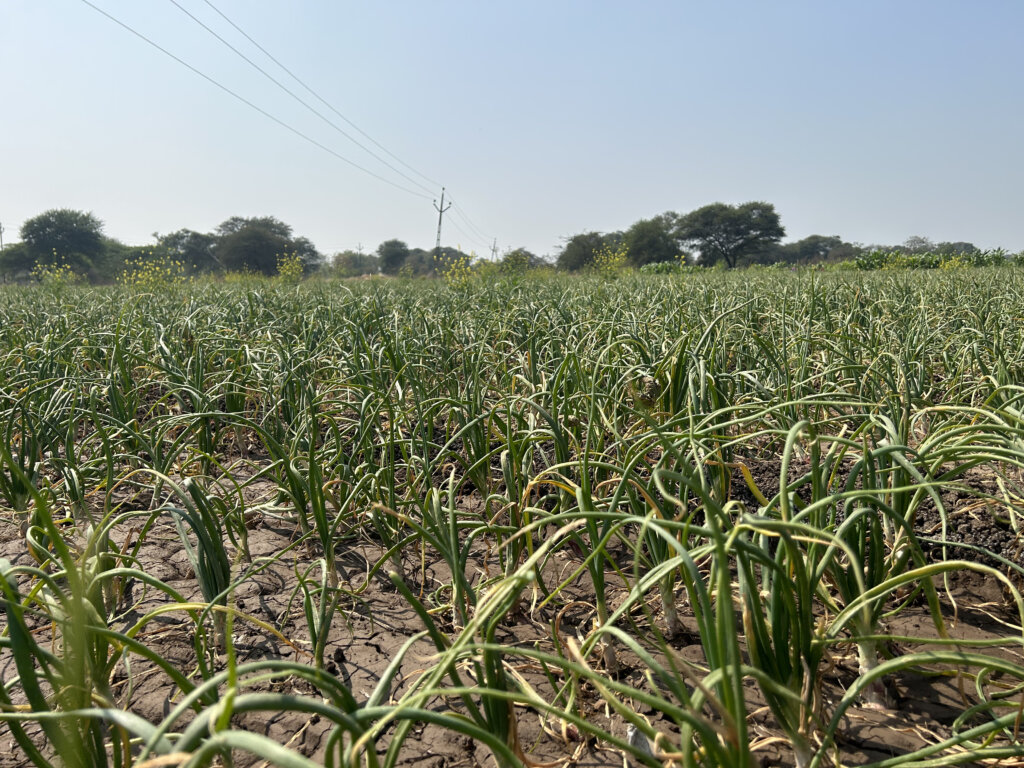
In 2020, the prime minister flagged off a dedicated railway freight service called ‘Kisan Rail’ to carry farm produce across the country faster and cheaper. Farmers could use the service at discounted rates. For the government it served the twin purposes of increasing farmer incomes and ensuring adequate supply of high-demand vegetables like potato, onion and tomato.
Of the 2,400 trains run under the service, more than 1,800 originated from Maharashtra ferrying onions and tomato. “Kisan rail could transport onions from Maharashtra to Bihar and Bengal in 30 hours. But due to severe coal shortages, it has been discontinued for nearly a year. Now the farmers neither have an export market or full access to the domestic market,” says Kshitij Jain who runs Sureshchand Ratanlal Jain and Company, a large onion trade and export firm in Lasalgaon.
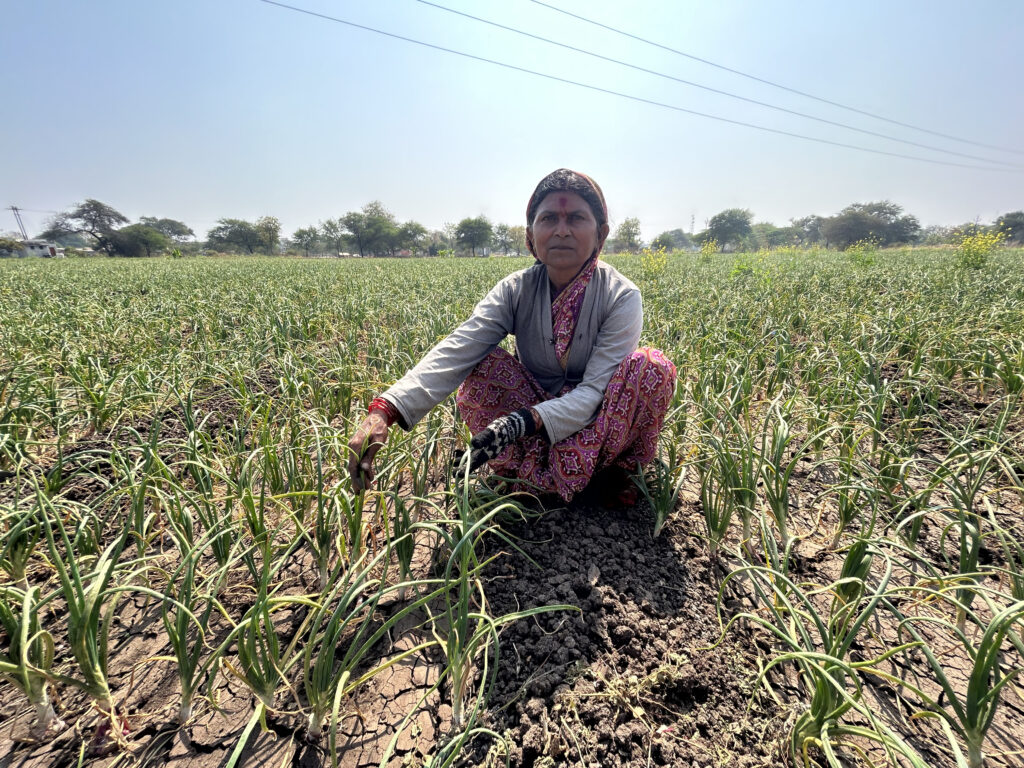
Why are onion farmers almost perpetually angry?
It’s because they rarely make a profit. “It costs us about Rs 12-15/kg to grow onions. The cost of labour, transportation, inputs like seeds, fertilisers and pesticides keep rising. There is a lot of weather-related and post-harvest loss. If I harvest 200 quintals from an acre, I only have 135-150 quintals when I sell at the market after all the wastage and moisture loss. To make a small profit, I need to be able to sell for at least Rs 20/kg,” explains Santu Sanap, a three-acre onion farmer in Shivare Phata village on the Nashik-Mumbai highway.
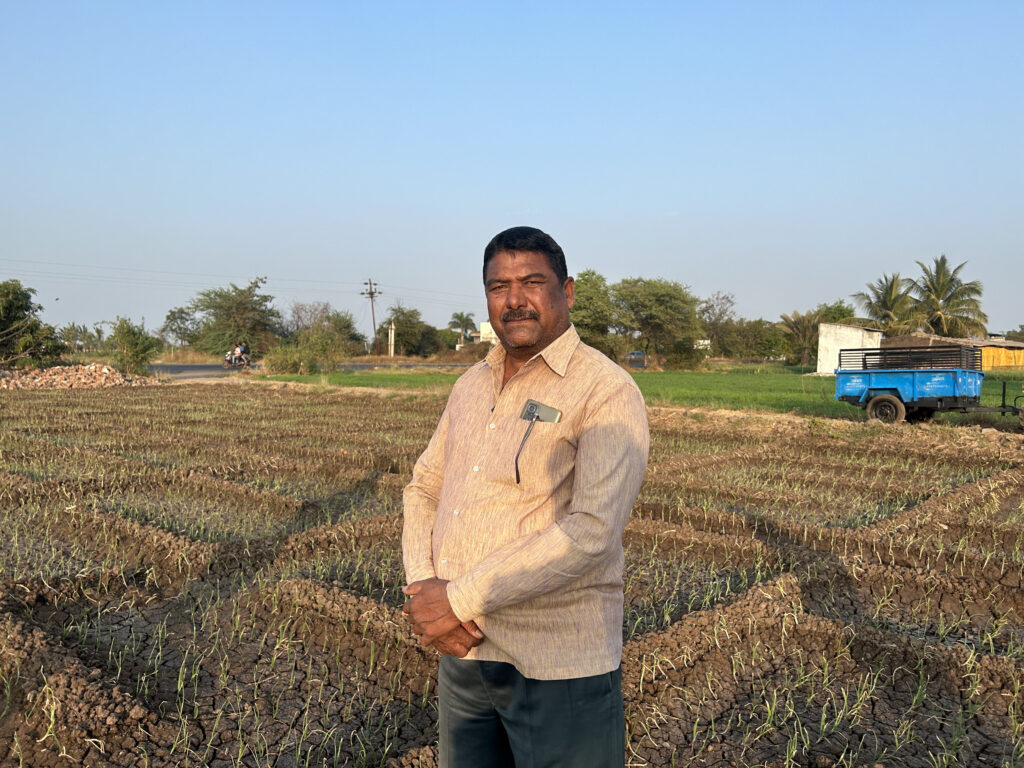
Here’s a shocking fact: farmers at India’s largest onion market, Lasalgaon, end up selling 40% of their produce at a loss. Only a quarter of the onions that enter the market are sold at a profit of 50% or more. Here’s another: for every rupee an urban consumer spends on onions, the farmer gets only 30 paise.
It costs us about Rs 12-15/kg to grow onions. The cost of inputs keeps rising. If I harvest 20,000 kg from an acre, I only have 13,500-15,000 kg when I sell at the market after all the wastage. To make a small profit, I need to be able to sell for at least Rs 20/kg
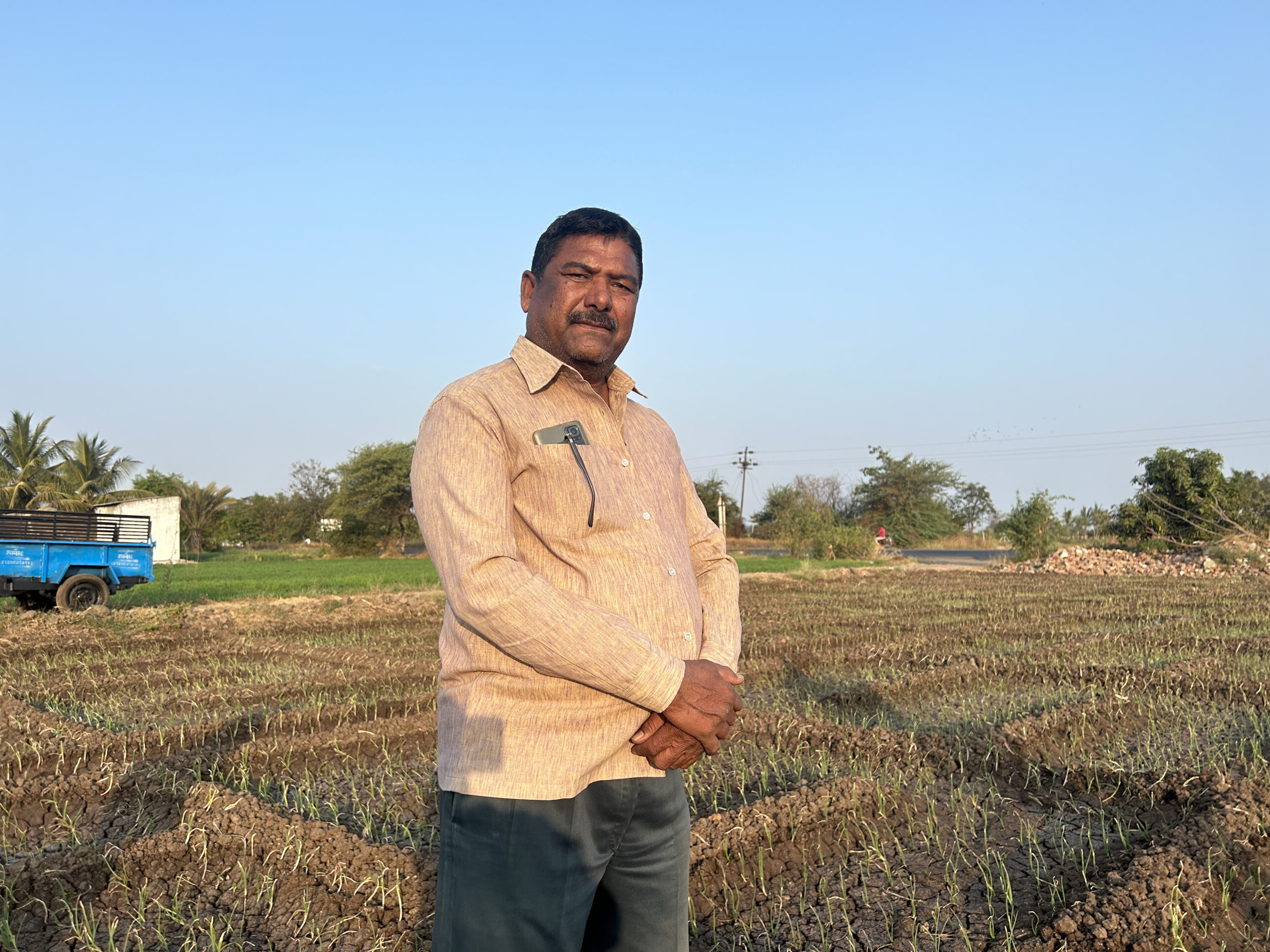
In Lasalgaon market, the sight of journalists and camera crews makes farmers’ anger boil over. “The media comes here only during the month when prices are high. They run headlines like ‘Nashik onion farmers are making the housewife cry’ on TV and make us out to be villains. Where is the media when we are crying for the rest of the year,” bristles Arun Kadam, a farmer from Nilkheda village who has just sold a tractor load of onions much below his production cost.
Nanasaheb Patil had conducted workshops for journalists to help them understand the farmers’ plight. But things haven’t changed much.
Onions are prone to high damage. Nearly 30 percent or 10 million tonnes of onions are wasted on the way from farm to plate. Millions of tons simply rot in godowns, warehouses, and in transit because India hasn’t found a way to efficiently supply onions across the country.
By November, the stock of pink onions dwindles. With bad monsoon or excessive rain (extreme weather is now the new normal) the supply of fresh red onions gets disrupted resulting in a severe crunch smack in the middle of the festive season.
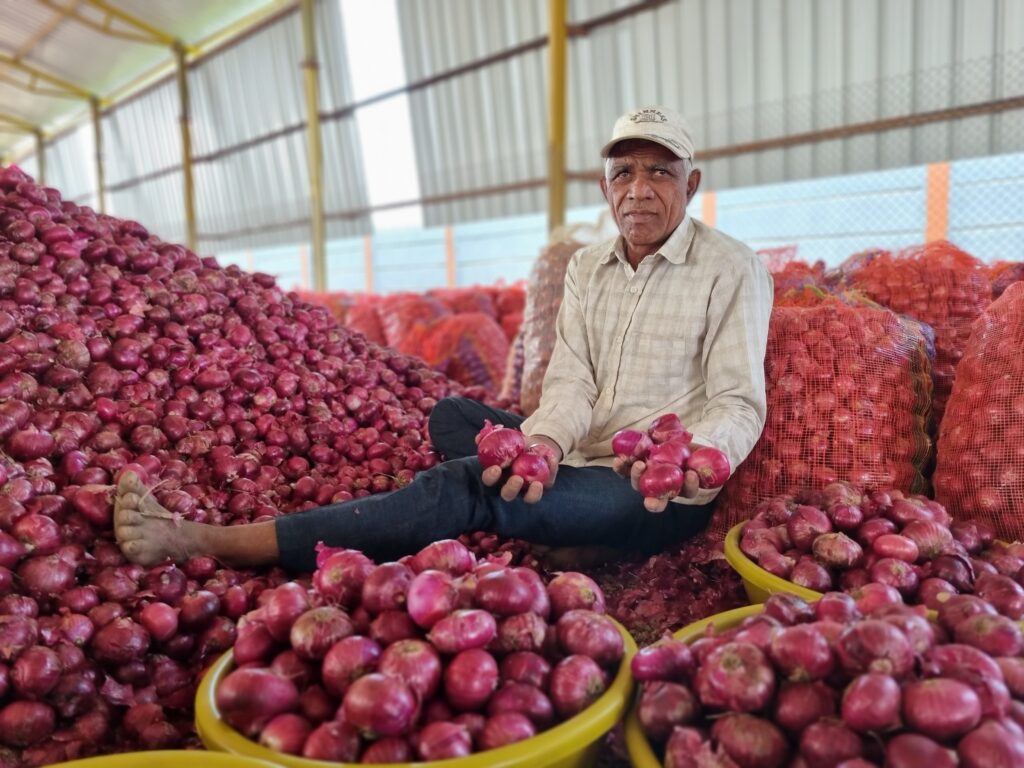
And that’s exactly when the government starts to panic. The first thing the government does to control domestic prices is ban exports. As the second largest global producer of onions, India should be earning billions from exports. It would help farmers earn more. But a knee-jerk export ban every time there is a local price increase, gives India a bad reputation in global markets. Since 2010, India has banned exports four times, and imposed heavy restrictions that pretty much translate into a ban, on eight other occasions.
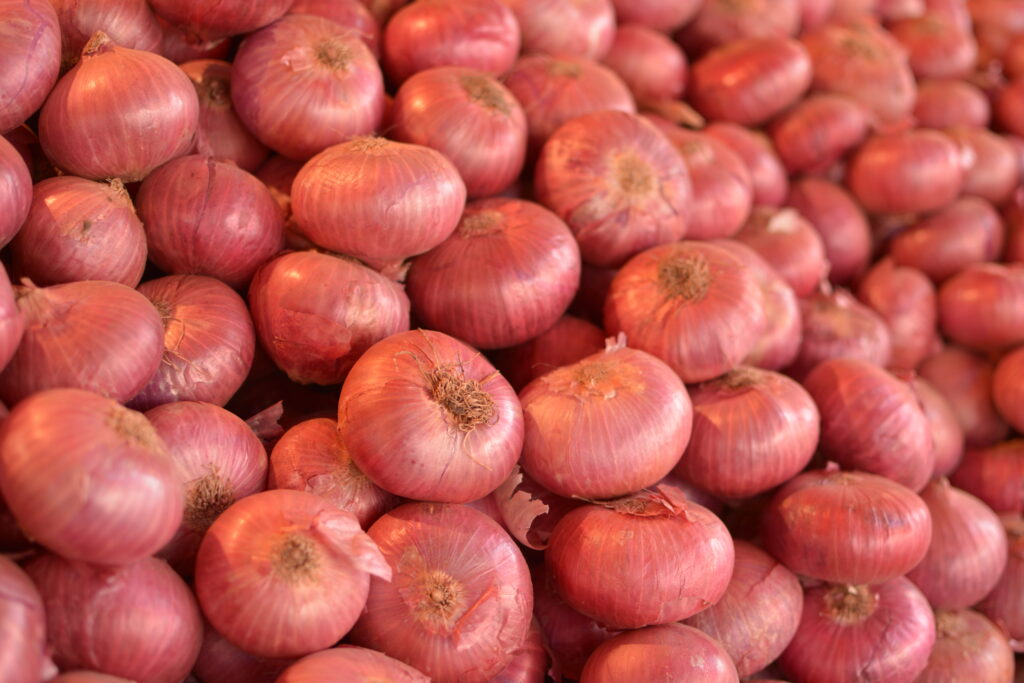
Tired of pleading India to sell onions in 2019, Bangladesh, the biggest importer, has launched its own onion aatmanirbharta mission. At a time when there is massive global shortage of onions, India has a huge surplus. But buyers in Malaysia or Dubai find India’s export policy fickle. Global markets prefer reliable supply chains.
“Today, productivity is not a problem. We should be a proactive global player. Our embassies should be helping us get better export opportunities. But we are psychologically scared of shortages. There is no proper management, no estimation or forecast of output, no stable export policy,” says Nanasaheb Patil.

The inability to take advantage of global demand grates most farmers in Maharashtra. “To keep people in the cities happy, the government keeps banning and restricting exports when the poor farmer can earn a few rupees more. You will not die if you don’t eat onions for a month when the prices are high.”
The Maharashtra government has agreed to offer onion farmers a temporary bonus of Rs 3.5/kg above the Lasalgaon mandi price.
It is at best a band-aid solution for the ill effects of long-term policy failure.
Let’s start talking seriously about the price of pyaaz that lands up on our plate.
The 500-odd farmers of Gurha Kumawatan, a village in arid Rajasthan, are now millionaires thanks to polyhouse farming. Their hard work, innovation and unlimited ambition offers a path to prosperity for others in India.
Very informative and good .I agree the government can do more to help farmers as well as the consumer.
Wonderful report, very informative and thought provoking. I think one other issue would be that as a consumer people do not appreciate how it is very natural for weather conditions and lack of sustained market opportunities can impact a crop and the produce . All people care about is the money going from the pocket due to the complete disconnect /ignorance of the journey of food. I agree” You will not die if you don’t eat onions for a month when the prices are high” let farmers have predictable income and some incentive for that effort they put.
Thank you very much!
Very informative. But does not offer a viable solution which is a Win-Win for both, the farmers and consumers
very informative, none of the book explain these kind of practical oriented issue. In simple words you explained how onion have impact on politics and its relation with exports and trade policy. Now what ever the party comes in ruling they will have an eye on lasalgaon market.But instead of banning export ,they can built good infrastructure for storage and transport of onion. But no one want permanent solution, they will do only do drama like banning the export